“Political Topography” calls to mind expressions such as “political landscape”, “political climate”, and “the lay of the land”. It suggests the way in which the language of nature is used metaphorically to characterize or analyze a current cultural or political state of affairs.
Join us for a discussion with curator and activist Nina Felshin exploring this fascinating topic.
Sometimes doing something poetic can become political and sometimes doing something political can become poetic
Francis Alÿs
As part of the evolution of site-specific practices, conceptualism and interdisciplinarity in the visual arts, a growing number of contemporary artists are exploring the history, politics and culture that is embedded in the actual landscape, both local and global. Although it takes diverse forms including installation, intervention, film, performance, photography and painting, among others, the most successful examples of work that addresses political topography fuses poetry and critique.

Nina Felshin’s participation in the Visual March to Prespa in 2011, organized by Yannis Ziogas, convinced her that walking is another medium through which to approach political topography and establish a sense of place. The latter emerges from a contextual framework that includes the dominant and critical histories of the area and that of the larger whole of which it is a part, the natural environment and how it influences or is impacted by historical and contemporary events, the inhabitants and their individual and collective memories and, often overlooked, the individual baggage to which each of us is attached. In other words, one’s perception is, to some extent, determined by one’s own contextual framework.
Of particular interest to Nina is the landscape of Occupied Palestine and how that landscape has been transformed and scarred by the occupier since 1948, destroying both the ecosystem and the lives and livelihoods of those who inhabit(ed) it. It was the Visual March to Prespa that encouraged her to view the region’s political landscape through the lens of geopolitics. Since that time she has worked on several projects that examine these issues.
Nina will address some of these ideas by briefly looking at her trajectory as a curator and activist, and by examining the works of a handful of relevant artists.
Join us!
| Nina Felshin: A Photo Exhibition About Israel and the West Bank that Chooses Sides | ||
| The Ongoing Nakba | ||
|
Café presentation Only available to registered users. |
||
| Francis Alÿs: The Greenline, 2004 | ||
| Francis Alÿs: The Greenline, 2004 (summary) | ||
| Eve Mosher: HighWaterLine | ||
| Dread Scott: Slave rebellion reenactment | ||
|
Café recording Only available to registered users. |


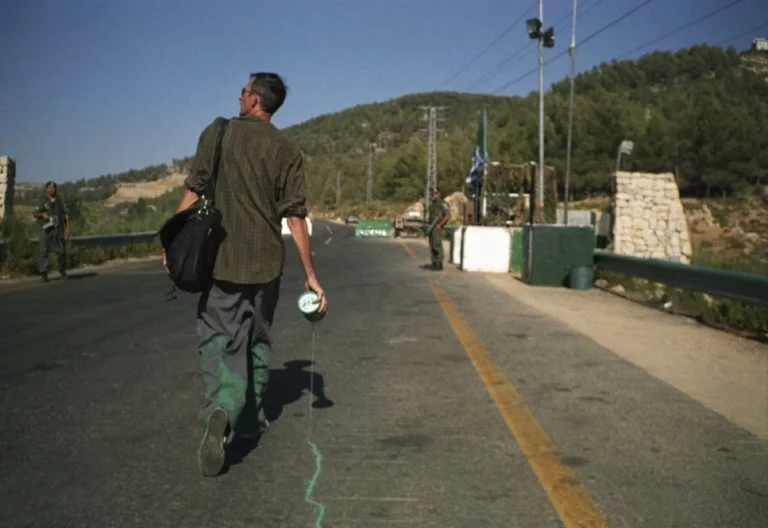
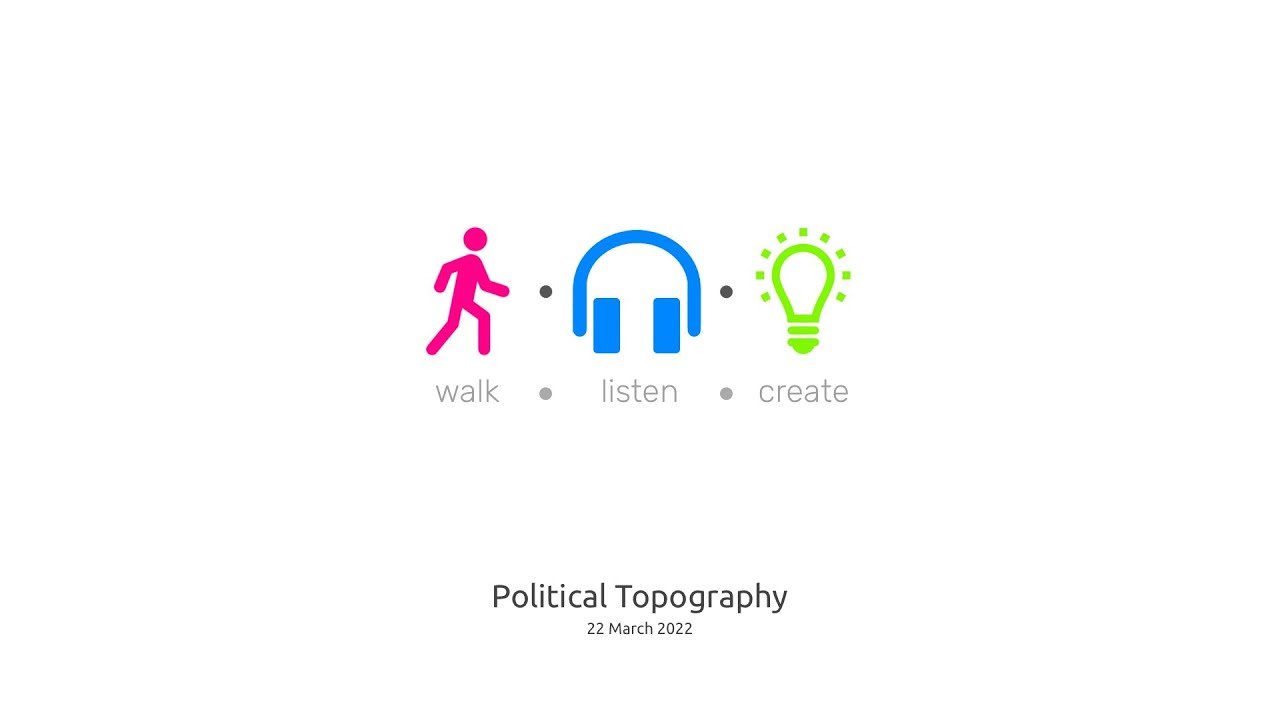
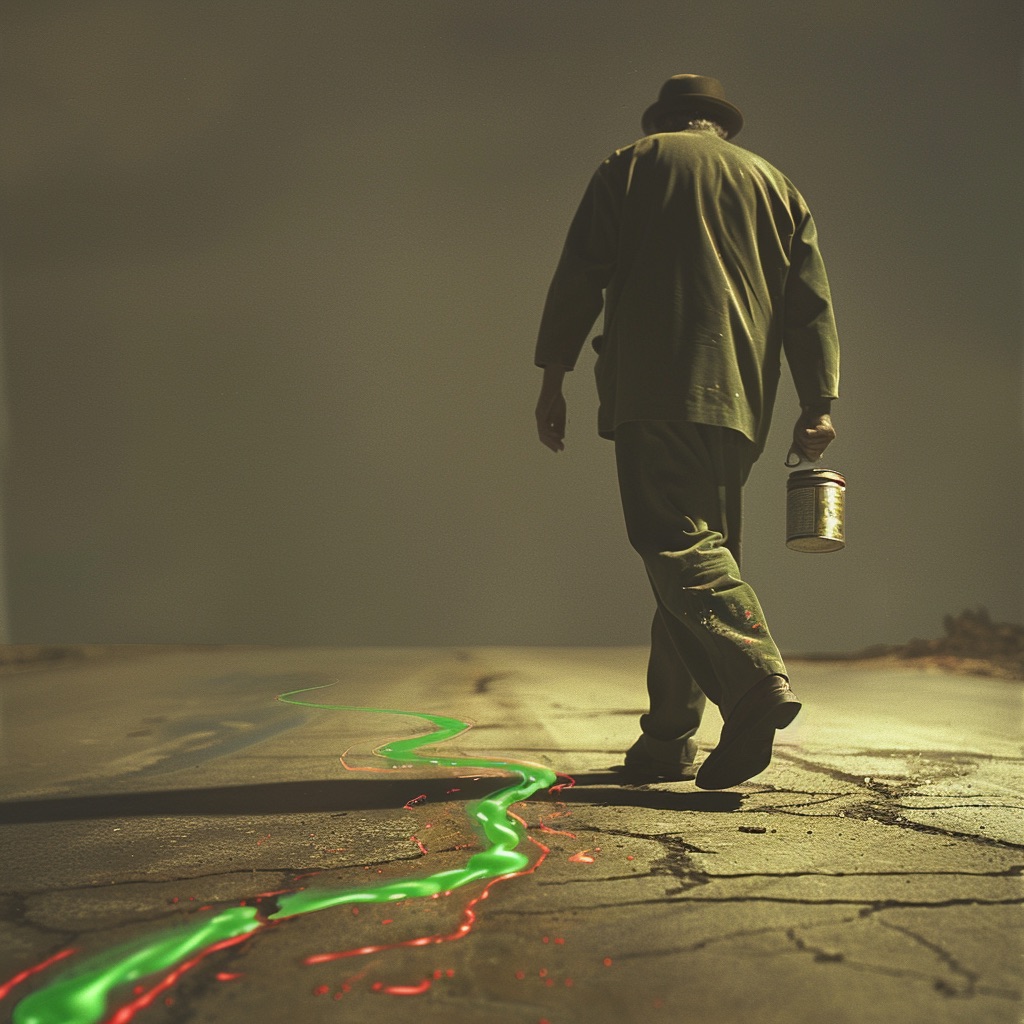
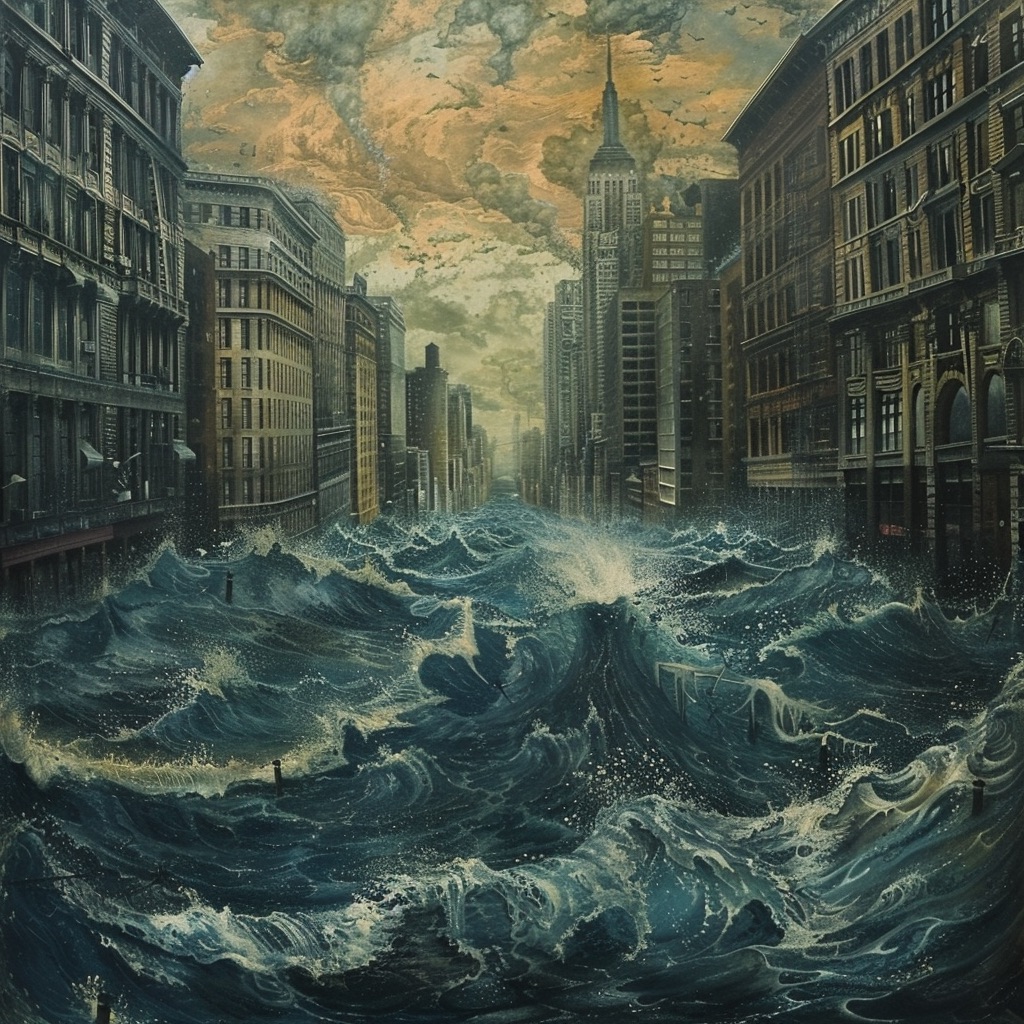
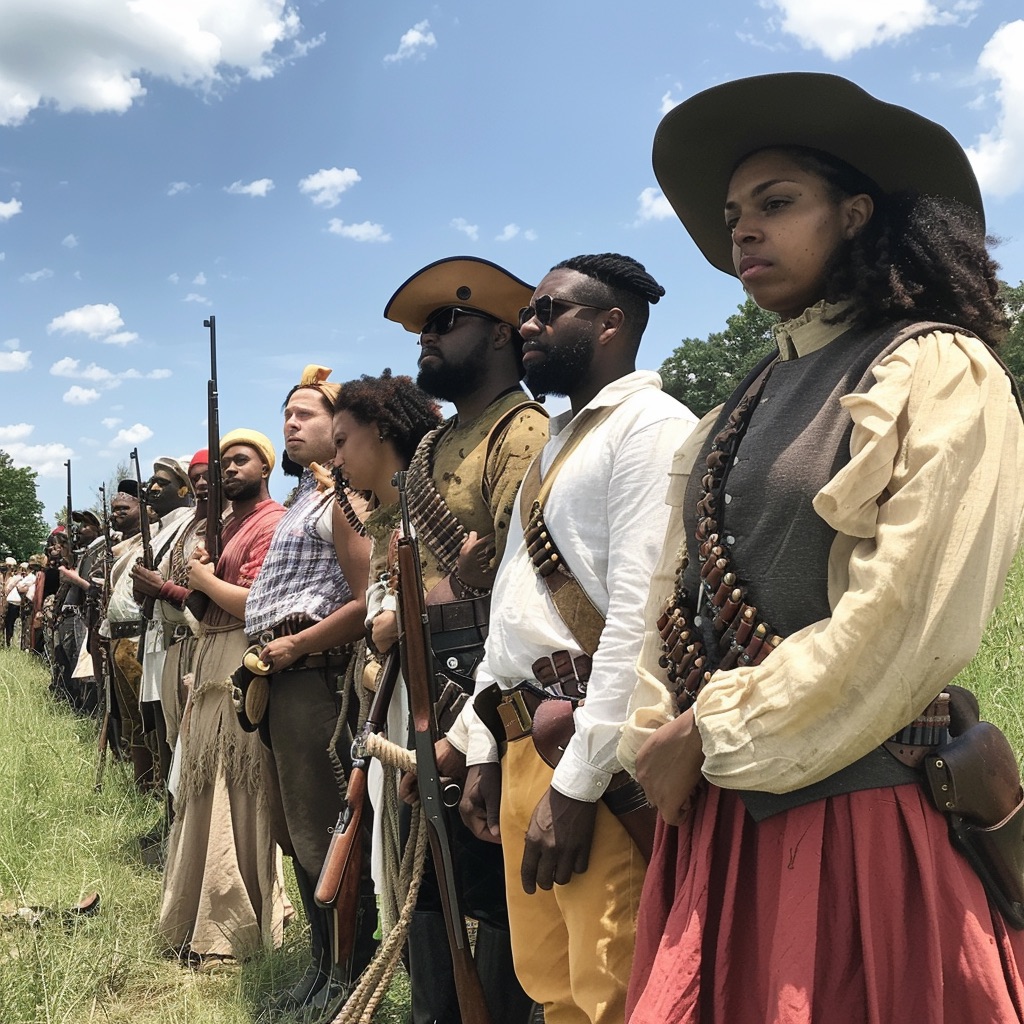
When will the recording be available, and where can I find more of Nina’s work, especially that relating to Palestine.
Sorry for the slow response. The recording of this cafe is now available.
I don’t believe Nina has a website, but a good starting point is her Wikipedia page:
https://en.wikipedia.org/wiki/Nina_Felshin
Also, above, are linked the review she mentioned on the photography exhibition, and her work on “The Ongoing Nakba”.